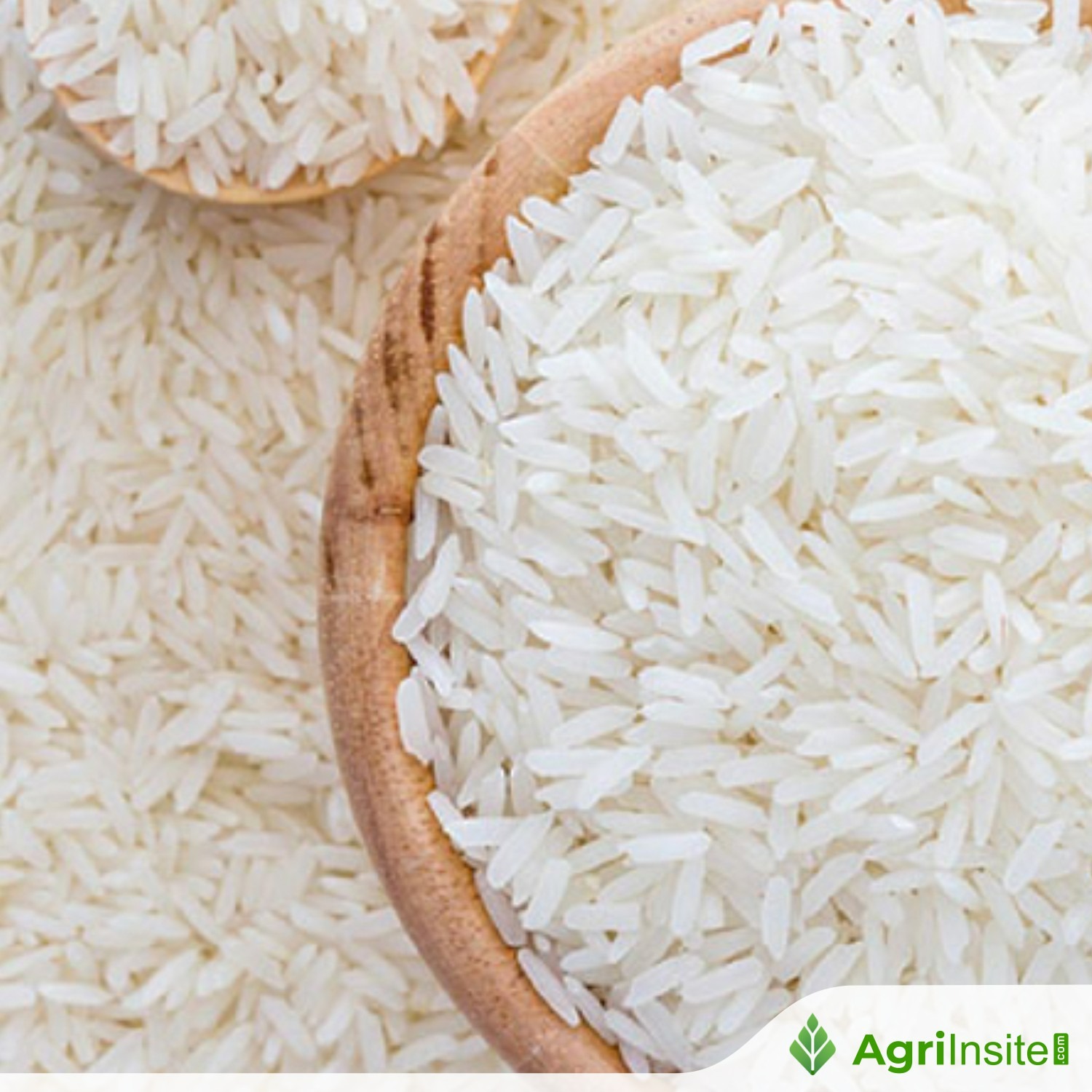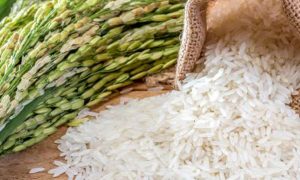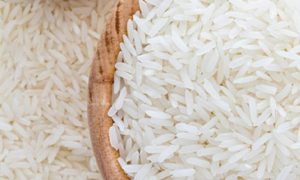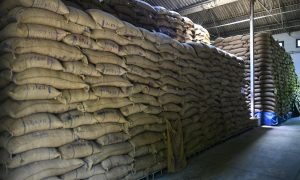West Bengal : Rice prices upwardly mobile, blame on low production, supply constraints

Rice prices in Bengal have risen by Rs 10-25 per kilo due to lower production, high demand, export restrictions, and rising costs. Popular varieties like miniket and banshkathi saw price hikes, while premium rice like gobindobhog surged from Rs 80 to Rs 120 per kilo. Supply shortages, business practices, and export policies also contribute to the increase.
Kolkata: The price of rice, a staple across Bengal, has risen between Rs 10 and Rs 25 per kilo over the past week, leaving families struggling to balance household budgets.Experts gave several reasons for the rise, including decreased production because of extreme weather events; high demand; export restrictions by major rice producers; rising input costs for fertilisers; increased transportation and storage costs; and fluctuations in minimum support price set by govts.The price of miniket rice, which nearly 80% of consumers use daily, has risen by about Rs 12 to Rs 15 per kilo. The more premium banshkathi has increased by Rs 8 to Rs10 a kilo. Ratna, preferred by budget-conscious consumers, was not spared either: its Rs 35-a-kilo variant is now selling at Rs 40, while the Rs 40-a-kilo variant is selling at Rs 42.Among the premium varieties, the price of gobindobhog has surged from Rs 80 to Rs 120 per kilo, while jeera kathiis now selling at Rs 100 a kilo after a 20-rupee hike.
Fingers are being pointed at low production, supply shortage and increased exports. Amal Sarkar, a wholesale rice supplier from Burdwan and Arambagh, blamed supply constraints. “The price hike is unavoidable at this point,” he added.Kumaresh Biswas, a rice mill owner based in Hooghly’s Arambag, said production issues was a major concern. “There’s a clear chain reaction at play,” he said. “Lower production has led to reduced supply, and we are receiving lower stocks of paddy than usual.”Retailers said the situation has been worsened by unscrupulous business practices. Some of them have accused certain suppliers of creating an “artificial shortage” to drive up prices.Households are bearing the brunt. “Rice is the commonest staple in any household,” said Gautam Purkayastha, an insurance agent from Barisha. “When its price rises, it affects everybody. Our family eats rice at both lunch and dinner, so the increase has affected us substantially.”The situation has become so worrisome that the local administration has deployed a task force in Burdwan, a key rice-producing district, to monitor market activity. The task force has been asked to conduct on-the-ground inspections and submit a report.Authorities are also exploring other solutions, such as buying rice from other states. A section of officials believe that the arrival of new rice stocks in the market could help cool prices, even as others — among them Bengal Rice Mills Association president Abdul Malek — expressed hope of a price stabilisation once fresh stocks of new harvests hit the market.Market experts and trade associations also said central govt’s export policy contributed significantly to the price increase. Kamal Dey, a member of the Burdwan market task force, said: “This is a direct consequence of Centre’s export policies. With large quantities of rice being shipped out of the country, domestic supply has taken a hit, leading to a price-rise.” Manoj Jalan, assistant secretary of Posta Bazar Merchants Association, echoed him. “The prices of rice have gone up by 20%-25% on an average. A major reason behind this is the massive export of rice to Bangladesh, which has created a supply crunch in the domestic market,” he said
To read more about Rice News continue reading Agriinsite.com
Source : The Times Of India















